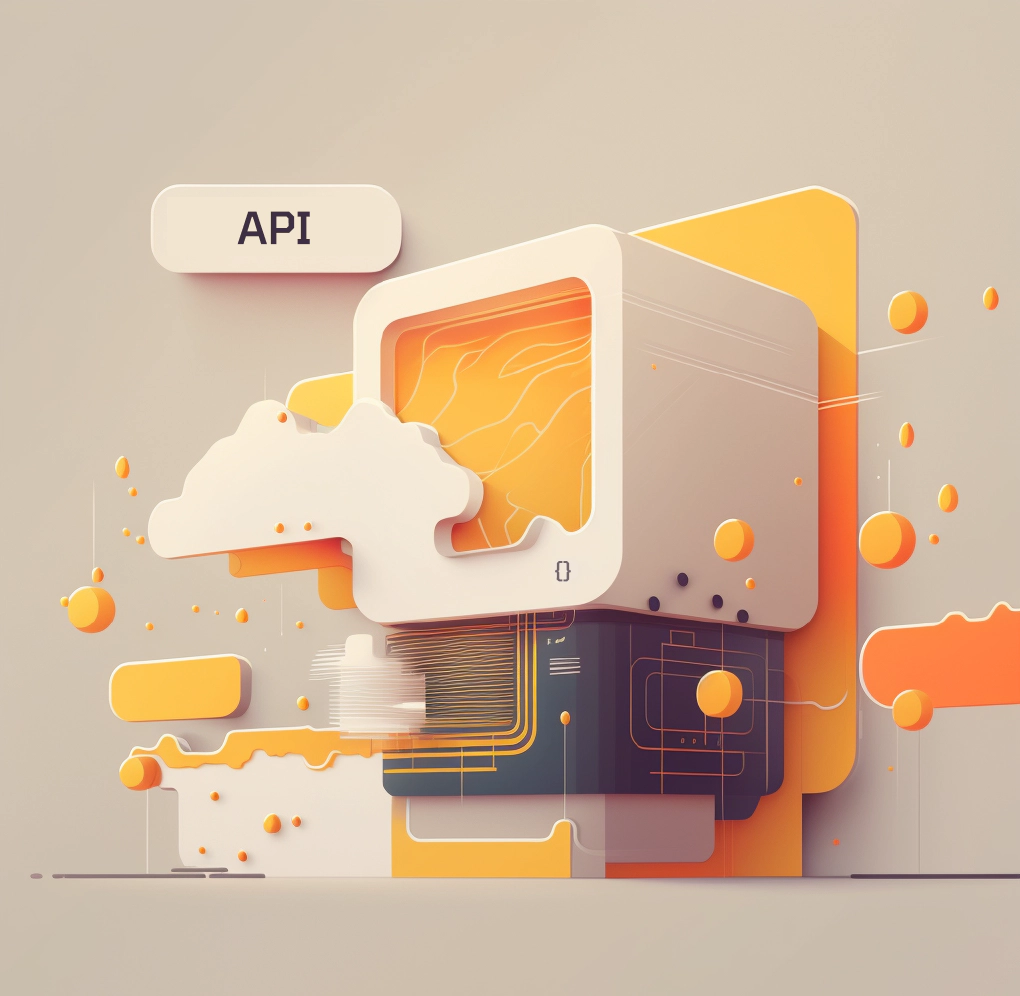What is an API ?
API stands for Application Programming Interfrace. It is a software intermediary that allows two applications to communicate to each other. API’s process events, transmit structured data, and much more. Data transmitted is usally in a format called JSON, a simple standard data format. Every time you watch Netflix for example, you’re utilizing an API. Click on a movie category, and Netflix is serving you a curated list of movie titles, descriptions, and thumbnail images from their database via their API. So why, would you need one?
Power of an API
Well, modern applications today are powered on data. Data is truly the life blood of software. Imagine, visiting Amazon and there was no data, what would you know to buy?
In the past, applications were mostly self contained. Think of an ERP (Enterprise Resource Planning) system like Oracle where you can everything in one tool. Today things are a bit different. Applications now rely on many different building blocks to create their software due to reduced cost of services, increased speed, and etc.. Consider an internal request tool at work, it could have it’s own custom interfrace and utilize Google Forms for the data capture, MailChimp for email sending, and log the submitted requests in Sharepoint. All of this is made possible with APIs. They enable you to glue applications together to create an even more robust solution. If applications were Lego blocks, API’s are what makes them stackable.
GRC API
API’s in the context of GRC and BPO (business process optimization), means increased data access and functionality. You may have an existing enterprise GRC tool such as Onspring , where all of your solutions are centralized and automated. But a few questions arise … ?
-
Where is your user accounts data coming from?
-
How are your applications getting data for their prcoesses?
-
How are your applications updating downstream internal systems that use this data?
If it’s not an API integration is likely being manually created, which means someone has to service that bottleneck ☹. So can you really say it’s automated?
This is where API’s are monumental! For example, API integrations to automically retrieve user accounts from your employer directory and pushing updates to Onspring while inactivating old users. Automatically retrieving processed records in Onspring and pushing that data to another internal system. Or simply retrieving records from another system for reference in Onspring. Data can also be shared outside of the platform to other users or to enable more capabilities such as Advanced Reporting in Power BI for trending, forecasting, and AI.
It’s truly transformational, many applications simply could not be made without reliable data or increased functionaly from another system. APIs make this possible.
Summary
API’s are what enable applications to communicate to each other. Using these in your GRC technology enable more much robust applications than can be achieved with a single tool. Typically, these integrations require developer knowledge and resources to implement but that’s why GRC Power Ups is here. We aim to make these integrations and automations easy with simple plugins that anyone can use.
Additional API Learning
For more information check out these resources on APIs.

